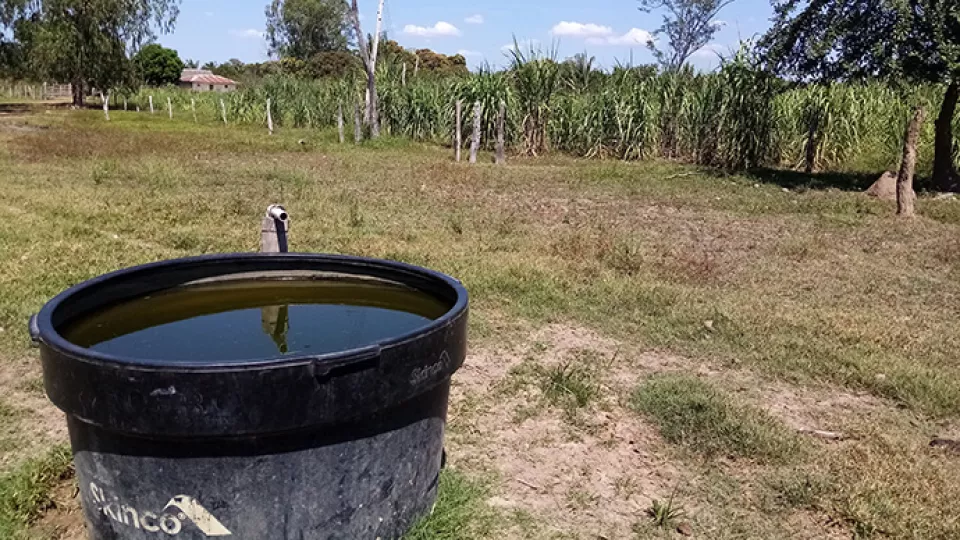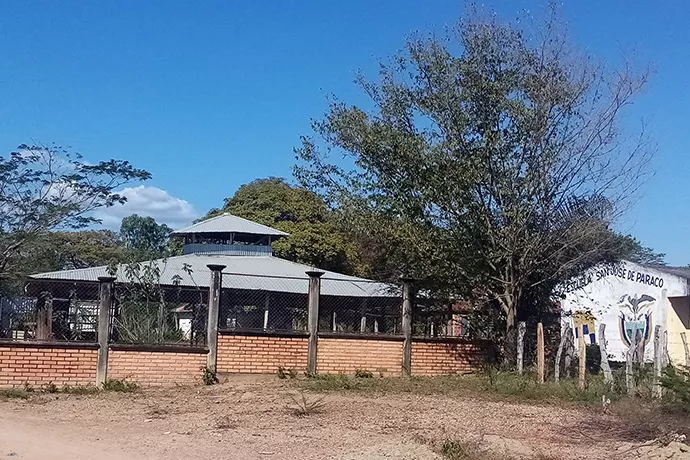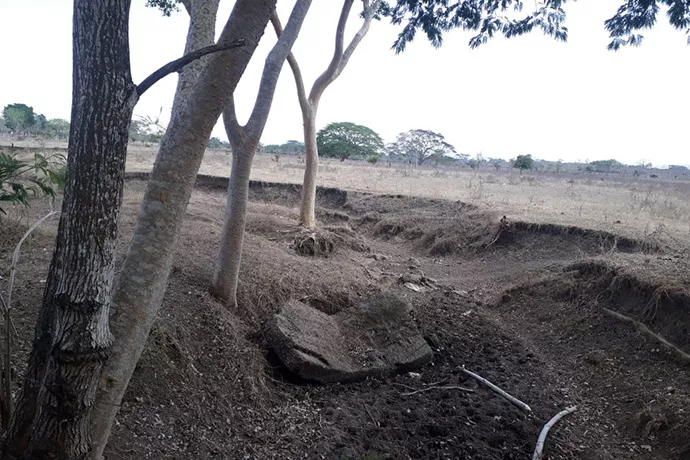Areas of interest became areas of research
Two years ago, Andrés met an old friend, John Asprilla, who was researching aquifers in the northern regions of Colombia. They both grew up in the area and discussed the rapid reduction of rainfalls in the last few years, people walking an hour to fetch water, and not being willing to migrate despite the temperature increases. The FORMAS call covered several of these phenomena, focusing on the interactions between climate change, water scarcity, and biodiversity loss. Thus, Andrés connected these phenomena and common pool resources (CPRs) governance, a topic at the heart of Economic History, that granted the Nobel Prize to Ellinor Ostrom in 2012.
Still, the literature has done little to integrate CPRs with the growing literature on Ecosystem Services and adaptation strategies for rural communities. Hence, Andrés applied and set up an interdisciplinary team for the task. Andrés invited John Asprilla, an engineer with a Ph.D. from Rotterdam University, Leydis Murillo, a biologist with a Ph.D. from Lund University, and Montserrat López Jerez, a senior lecturer at St Andrews University in Scotland. The team also relies on two advisors: Professor Cristina Chaminade from Lund University and Professor Giancarlo Macchi from The University of Siena, Italy. The project is a great challenge from the scientific and administrative perspective as this will be Andrés' first time doing academic fieldwork in his home country.
”I had to bring in the environmental side of it”
In his teaching, Andrés also has an environmental and sustainable view of Economic History:
”About two years ago, I started to teach sustainability here at the department, and I had to rediscover how to teach and research economic development. I realized that I had to bring in the environmental side of it. I didn’t want it to be an adjective, but the core of my teaching and research process. We do have some case studies within this field. Still, we need more case studies about how people in rural areas can manage natural resources in a sustainable, fair, and peaceful way,” Andrés explains.
Social norms, collective mechanisms, and the decision-making process
The new research project will look into three related issues:
- How climate change affects the social norms and practices of cooperation in rural and sparsely populated areas.
- What the collective mechanisms for adaptation to a changing climate are.
- How traditional and scientific knowledge can be part of the decision-making process at the local level.
The researchers want to understand the various social rules and practices as the locals must update these to confront the threats of climate change, water scarcity, and biodiversity loss. Hence, the project aims to empower rural communities to consider the three threats in an integrated approach and make them aware that some of the existing traditional knowledge connected to their main occupations, livestock and farming, needs to be revised according to new circumstances.
”The plants are slowly moving as it becomes dryer, just like the animals, but the residents stay there after all,” Andrés says.
The situation is complex. These communities stand alone in their adaptation strategies to climate change, even though Colombia makes efforts to conserve and restore tropical dry forests and has declared it a top priority for conservation and restoration: the goal is one million hectares by 2035. It is difficult to express everything you expect to come out of the project, but after all, the situation is far from hopeless:
”For me, these people are already successful. Despite the circumstances, they have lived in this region amid successive droughts, high temperatures, and biodiversity loss. We hope to empower them to review their social practices so that they can go on living and farming in their villages and surroundings.”
Even if it is perhaps a bit early, Andrés believes that the results of the project also can help other societies:
”If you understand the rules they are using to manage these resources, and more information on the local ecology is shared, they can develop novel solutions to manage their CPRs in a sustainable, fair, and peaceful way. I think that others would see the value in getting to know these experiences that deal with water scarcity and biodiversity loss with few material means. The key question is to find a sustainable way for water supply and biodiversity restoration.”


